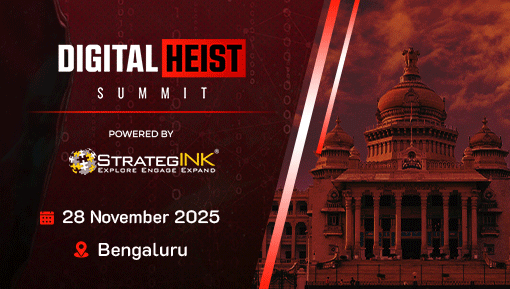
Phishing attacks have evolved significantly over time from email scams to sophisticated AI-Powered deepfake attacks. AI-powered deepfake phishing campaigns present an unprecedented cybersecurity threat to all industry sectors, even the Aviation Industry, as cybercriminals can use deepfake audio and videos to impersonate executives and security personnel, endangering the overall security scenario for enterprises. This article highlights a probable hypothetical scenario that could emerge at an airport.
Technologies Utilized in Deepfake Phishing Campaigns
- Voice Synthesis and Video Manipulation
Cybercriminals can employ advanced voice synthesis technologies and real-time video manipulation tools to create convincing impersonations of airport executives and security personnel, making it difficult for personnel to verify communication. - Machine Learning Algorithms
The use of machine learning models enhances the ability of attackers to generate deepfakes that continuously improve in realism and effectiveness. These algorithms can create deepfakes that closely mimic the target individual’s facial expressions, tone, and behavioral cues, thereby increasing the likelihood of deception.
Challenges and Impact
- Deepfake-Generated Credential Theft
The primary challenge lies in the efficacy of the deepfake technology. Highly realistic impersonations may trick airport personnel into providing backdoor access credentials and create a clear pathway for cybercriminals to infiltrate secure systems, leading to widespread identity theft and data breaches. - Insider Threat Amplification
Deepfake phishing tactics may also amplify insider threats. By impersonating trusted figures within the airport, attackers can manipulate staff into violating protocols effectively turning them into unwitting insiders and increasing compounded security risks. It’s essential for organizations to reassess their internal security protocols. - Biometric and Access Control Vulnerabilities
With the increasing reliance on biometric systems in airports, deepfake attacks may pose unique vulnerabilities. For instance, facial recognition systems may be susceptible to spoofing if attackers use deepfake technology to create false identities that can fool biometric scanners. This undermines the security framework and potentially allows unauthorized personnel to breach safety protocols. - Zero-Day Exploits in Airport Mobile Apps
Furthermore, the integration of mobile applications in airport operations may leave room for exploitation through zero-day vulnerabilities. If attackers use deepfake narratives to deceive IT personnel into downloading malicious software or updates, they may compromise airport databases and IT infrastructures. This risk can be mitigated through comprehensive vetting processes and real-time monitoring.
Mitigation Strategies
- Enhanced Verification Protocols
Implement multi-factor authentication and additional verification steps for sensitive communications, especially those requesting access credentials. - Deepfake Detection Tools
Invest in technology that can detect deepfake audio and video specifically, tools that utilize AI and machine learning to analyze video and audio artifacts can be used for distinguishing genuine communications from manipulated content. - Staff Training and Awareness
Regularly train staff via practical scenarios on recognizing phishing attempts and the potential use of deepfakes, emphasizing the importance of verifying requests through multiple channels. - Regular Security Audits
Conduct frequent security audits of IT systems and mobile applications to identify and patch vulnerabilities. - Incident Response Plan
Develop and maintain a robust incident response plan to quickly address and mitigate the effects of any security breaches. The incident response plan should include:
- Isolation of affected systems to prevent further compromise.
- Use verified and secure communication channels to inform passengers and stakeholders about the incident.
- Use of forensic tools and techniques to trace the origin of the deepfake communications including collaboration with cybersecurity experts and law enforcement agencies to track down the attackers.
Conclusion
The implications of AI-powered deepfake phishing attacks are profound and multifaceted. Addressing deepfake-generated credential theft requires a proactive and layered approach to cybersecurity, integrating advanced verification measures, employee training, and regular system audits. As the threat landscape evolves, the aviation industry must prioritize enhancing security frameworks to protect against these emerging digital threats effectively.






